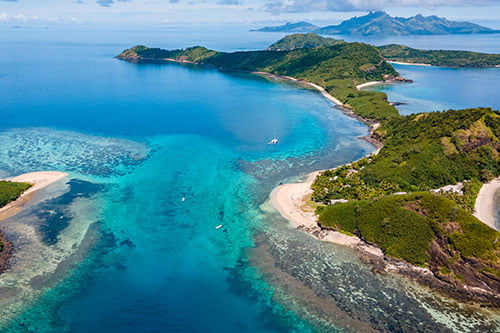By Arctic Fibre
Arctic Fibre Inc. today completed the filing requirements for its landing licences in the Canadian Arctic with the submission of a 226-page document to the Nunavut Impact Review Board, Public Works Canada and Industry Canada.
“Six of the seven application requirements were fulfilled in our October 2012 application to Industry Canada, but the landing points and environmental assessments could not be determined until completion of the landing and terrestrial site surveys in late August.” noted Arctic Fibre Chief Executive Officer, Douglas Cunningham.
“Once the Nunavut Impact Review Board has reviewed Arctic Fibre's application and makes a recommendation to support the project, the Minister responsible for Industry Canada can proceed with the issuance of a licence to Arctic Fibre,” explained Cunningham.
Concurrent with the landing licence application, the Nunavut Planning Commission (NPC) has notified Arctic Fibre that its project complies with NPC's planning requirements along the route that it will take through the Nunavut region in Canadian arctic waters. The project has qualified for an exemption from further environmental impact screening by the Inuvialuit Settlement Region.
Arctic Fibre will submit its application to the Kitikmeot Inuit Association this week for easements across Inuit-owned lands on the Boothia Peninsula.
Summaries of the application are available in English, French and Inuktitut on the company's website at:www.arcticfibre.com. Copies of the full technical submission are available by contacting the company directly.
The Canadian segment is an integral link within Arctic Fibre's 15,700 km network between Japan and the United Kingdom. Arctic Fibre will locate its midpoint landing station at Cambridge Bay, adjacent to the Department of National Defence facility, and will be well-positioned to meet the substantial bandwidth requirements of the scientists who will be stationed at the Canadian High Arctic Research Station (CHARS).
The Company's Alaskan affiliate, Quintillion Networks, recently completed its preliminary landing site surveys and will be submitting its application for landing licences to the Federal Communications Commission and appropriate Alaskan authorities in the first half of 2014. Quintillion Networks is a carrier-neutral network which will serve seven communities along the Alaska North Slope and Bering Sea.
The Alaskan and Canadian Arctic segments of the network will be completed and ready-for-service by January 2016 with completion of the full end-to-end network between Japan and the United Kingdom in the third quarter of 2016.
The Canadian segment of Arctic Fibre initially will provide virtually unlimited bandwidth to 52% of the population of Nunavut without government subsidy. A proposal to extend the Arctic Fibre network to reach more than 98% of the population of Nunavut and Nunavik was submitted in February 2013 to Industry Canada: a proposal the Nunavut Association of Municipalities supported with a resolution at its AGM yesterday.
The promise and purpose of Arctic Fibre is to bring affordable broadband communications to Arctic regions while creating the lowest-latency network between Asia and Western Europe on a technically diverse, politically secure basis.











